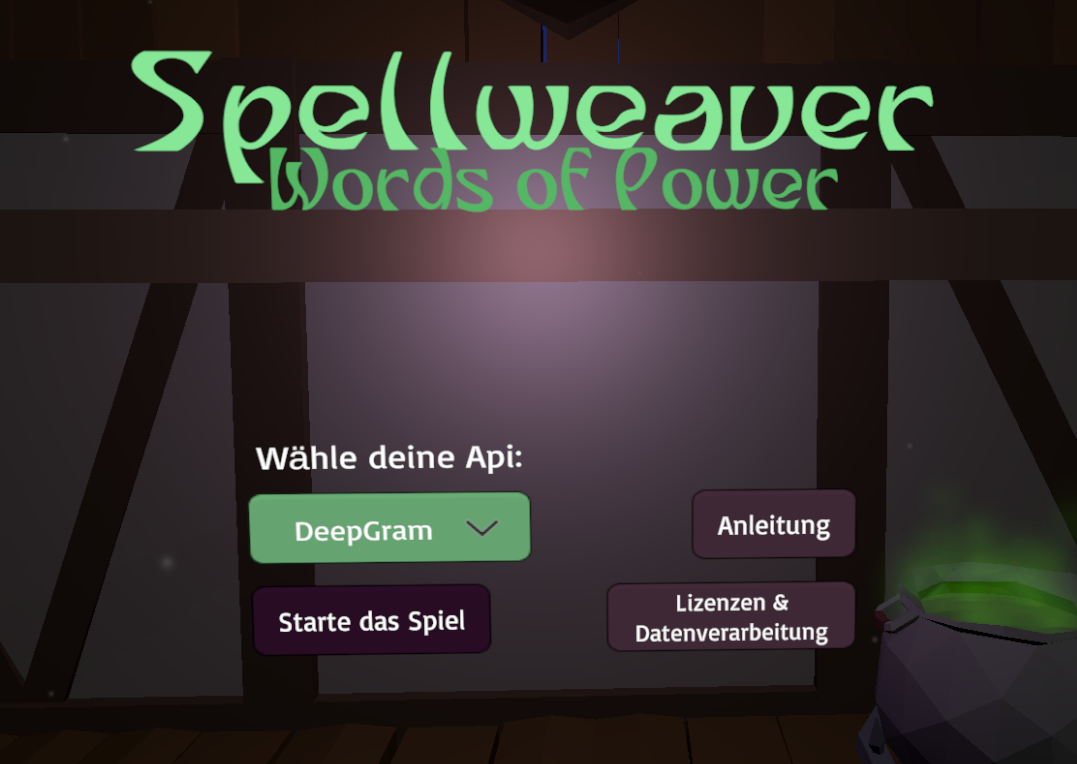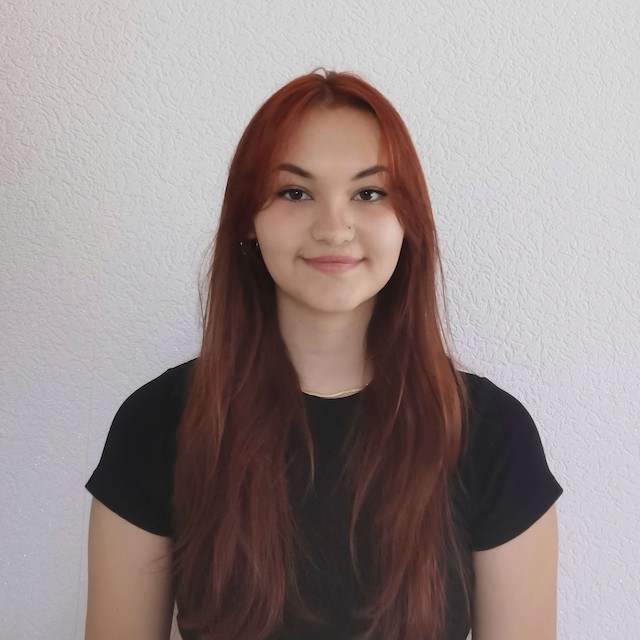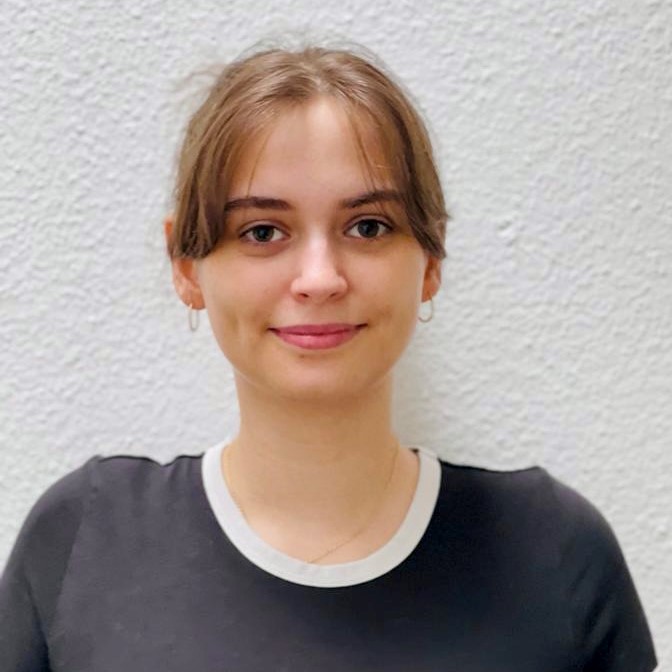If you’ve ever used a VR Headset, you might’ve run into the tedious task of inputting text. This experience is quite similar to navigating a keyboard with the remote of your smart-TV. A viable alternative offered by more and more web services is speech-to-text input. And that was our calling.
We then asked ourselves which STT (speech-to-text) options are there, and how do we implement them into Unity? After all, what better way is there to introduce a feature than by gamifying it. And so we set the following goals:
The game should make it easy for the user to test the performance of each API while seeing exactly what went wrong. It should also make it relatively easy for other developer to implement new API’s from other providers.





